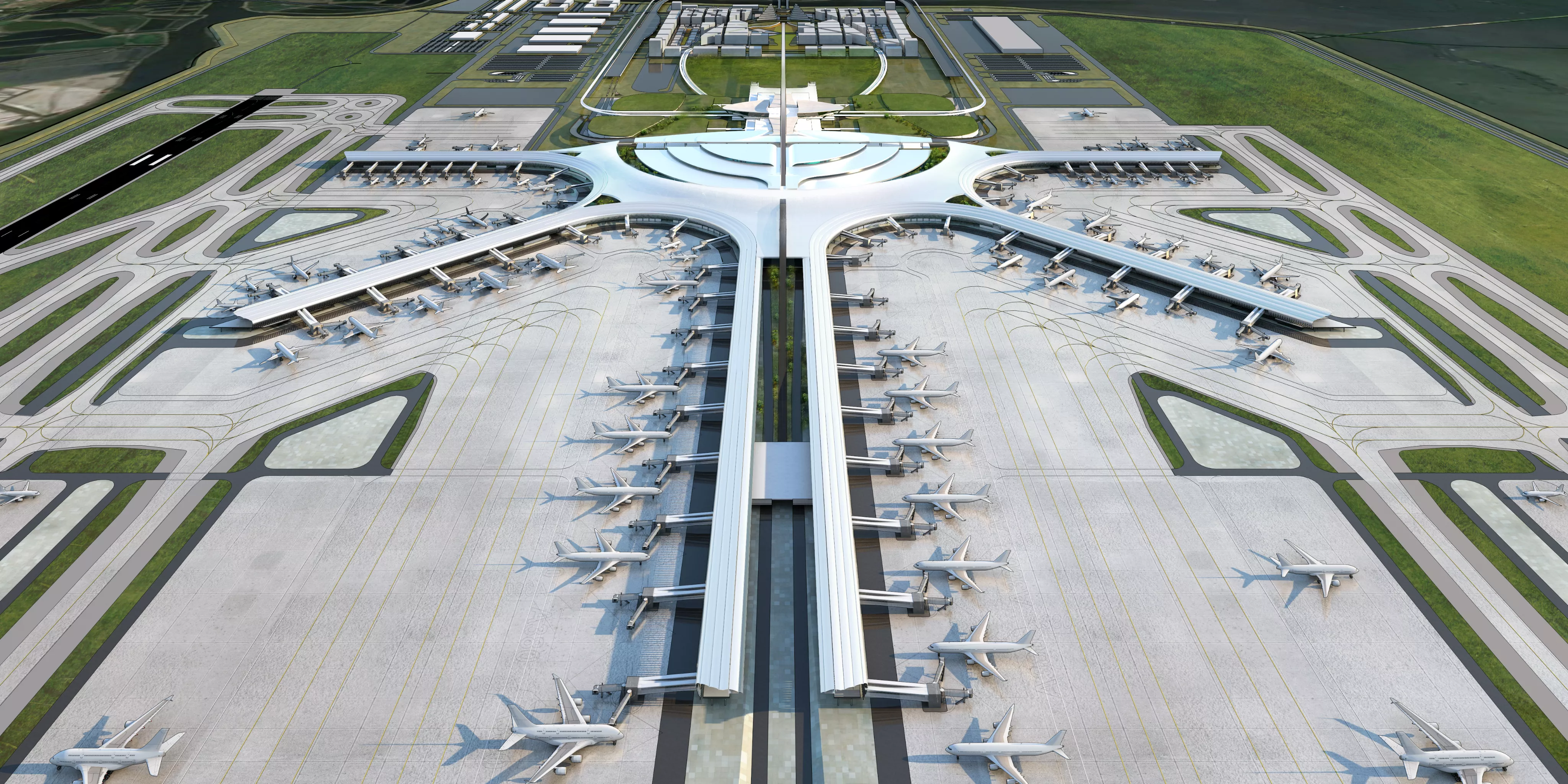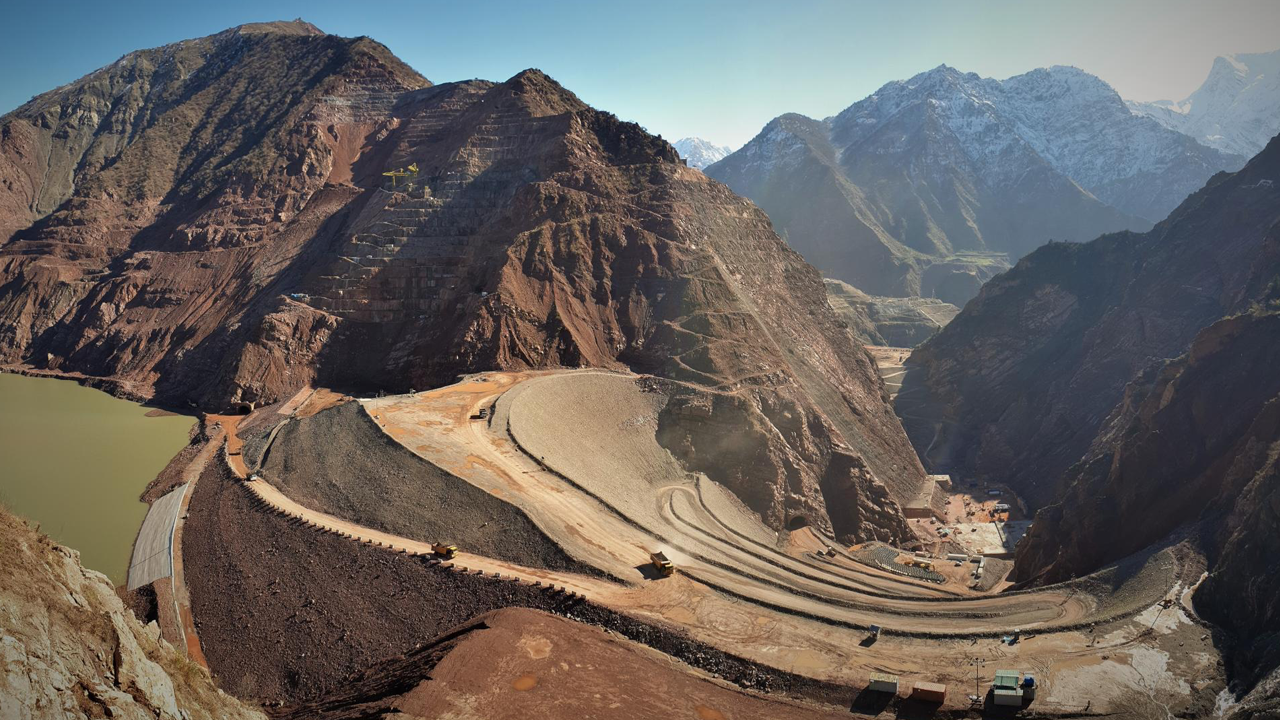London's Billion Dollar Bid to Rival Hollywood
- Youtube Views 321,333 VIDEO VIEWS
Video hosted by Fred Mills.
PRODUCING the majority of western TV shows and cinema, Los Angeles (LA) is synonymous with all thing’s celebrity and arguably the entertainment capital of the world.
After captaining the film industry for more than a century, LA became a victim of its own success and allowed a new production hub to rise across the Atlantic, with studios spending billions to establish what could be the new Hollywood.
Becoming established in the New York-New Jersey area, the early US film industry was controlled by Thomas Edison and his Motion Picture Patents Company (MPPC) which owned most of the major US patents relating to motion picture cameras.

Above: Thomas Edison was largely responsible for the early US film industry moving to California.
Having struggled for years under monopolistic practices, large numbers of filmmakers and independent studios began moving west - putting distance between themselves and Edison and making it near impossible for him to enforce his patents.
With an abundance of cheap land in the early 20th century, studios began constructing vast lots in the LA area, taking advantage of California's varying topography and the state's greater number of sunny days to usher in a Golden Age of cinema.
With better filming conditions and wages 25-50% lower than on the East Coast, filmmakers and studios began flocking to the city, and by 1923 LA had cemented itself as the home of entertainment - crowned with the Hollywood sign.
With its global influence on film, LA - and in particular the Hollywood neighbourhood - became a major contributor to the economic success of California - but by the turn of the millennium, the region was becoming a victim of its own success.

Above: The Hollywood sign cemented Los Angeles as the home of entertainment in the 20th century.
With so much wealth pouring in during the 20th Century, California became one of the most developed areas in the US and one of the most expensive places to shoot a movie or TV show.
With Hollywood no longer the most financially attractive base for filming, studios began looking for new hubs to keep costs down.
Despite Toronto or Vancouver being logical choices given their proximity to the US, well-established industries of their own and having stood in for American cities for years, it’s London that’s secured the lion's share of blockbusters over the past decade.
With popular franchises like Bond, Harry Potter and Downton Abbey, the UK has always been a popular filming location - but the local industry was mostly made up of small production houses and mid-sized television studios with a handful of larger facilities near the capital.
This all began to change in 2007. The British government sought to expand the local creative industries and lured big budget productions with tax incentives which allowed studios to claim back 20-25% of the money spent in the UK.
Additionally, if an actor was awarded a percentage of the film’s box office grosses, studios would be reimbursed a percentage of money paid to the actor from the UK.
Proving to be exactly what Hollywood studios were looking for, more than 1,000 films took advantage of the scheme in its first five years, and over USD $1.2BN was paid out.
As more movies filmed in and around London, studios began scheduling world premieres for their UK-based productions in London itself.

Above: London now rivals Hollywood for blockbuster movie premiers. Image courtesy of Universal Pictures.
While it’s rare for a film to debut outside its home market, 2013 saw a flood of American blockbusters premier in the British capital - with Fast and Furious, Guardians of the Galaxy and World War Z all drawing significant attention.
This led a number of studios to book sound stages years in advance for their upcoming work, while at the same time Netflix was starting a whole new chapter for the industry with the release of the first in-house production receiving widespread critical and commercial success.
The advent of streaming saw the likes of Amazon, Disney+ and Apple TV all launching their own platforms and pushing the demand for studio space to new heights.
While streaming had been growing since the mid-2010s, 2020 would bring about the largest studio spending spree since the birth of Hollywood.
Seeing incredible growth, Netflix, Amazon and Disney+ expect to spend USD $19BN, $6BN and $1BN respectively on exclusive content for their platforms in 2021.
With so much in the works, streaming giants are negotiating long term leases with the city’s existing studios.
At Pinewood, Disney has signed a long-term lease for 14,000 square metres of production space, while Netflix has signed a similar deal with Shepperton Studios for more than 40,000 square metres.
While these leases will allow productions to start as soon as possible, streaming giants are looking beyond 2021 and building on what London has already achieved in the last decade.
With the rush on traditional productions likely to return in 2021 and with London’s studios approaching capacity before the pandemic, over a USD $1BN in new studio and production facilities are in the pipeline and set to begin producing content in 2022.
Sky will spend USD $300 (£230) million on a new complex in Elstree, including 14 sound stages and 1,800 square metres of production space.

Above: Sky's Elstree facility. Image courtesy of Sky. Below: The Ashford International Film Studio. Image courtesy of The Creative District Improvement Company.

Amazon and Netflix will share 14,000 square metres of production space at the USD $340 (£250) million Ashford International Film Studios in Kent.
USD $407 (£300) million will be spent transforming a former industrial site in Dagenham into Eastbrook Studios, a 12 sound stage, 46,000 square metre state of the art studio complex and in Reading, 92,000 square metres of production space is now under construction following a USD $200 (£150) million investment from US film company, Blackhall Studios.

Above: Blackhall Studios is building a new studio facility in Reading. Image courtesy of Blackhall Studios.
While there is some way to go before London matches Hollywood’s output volume, such investment from the world's largest content producers and distributors shows just how quickly the city has become a production powerhouse, already holding its own, and perhaps likely to overtake Hollywood in the years to come.
Narrated by Fred Mills. Additional footage and images courtesy of Edison Studio, MGM, Warner Bros. Pictures, Universal Pictures UK, Google Earth, British Film Commission, Paramount Pictures, Universal Pictures, Marvel Entertainment, Sky, The Creative District Improvement Company, Be First and Blackhall Studios
We welcome you sharing our content to inspire others, but please be nice and play by our rules.








